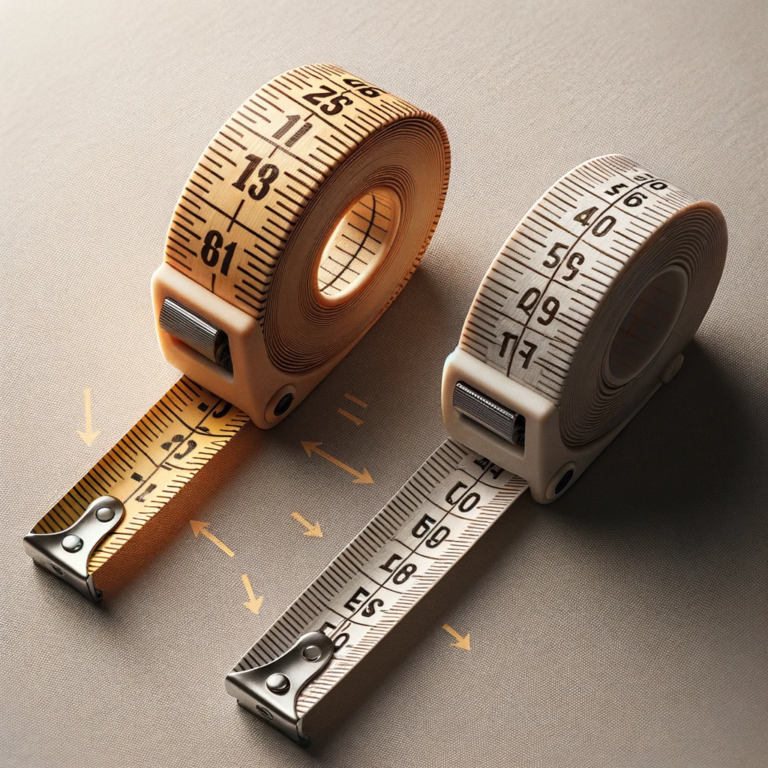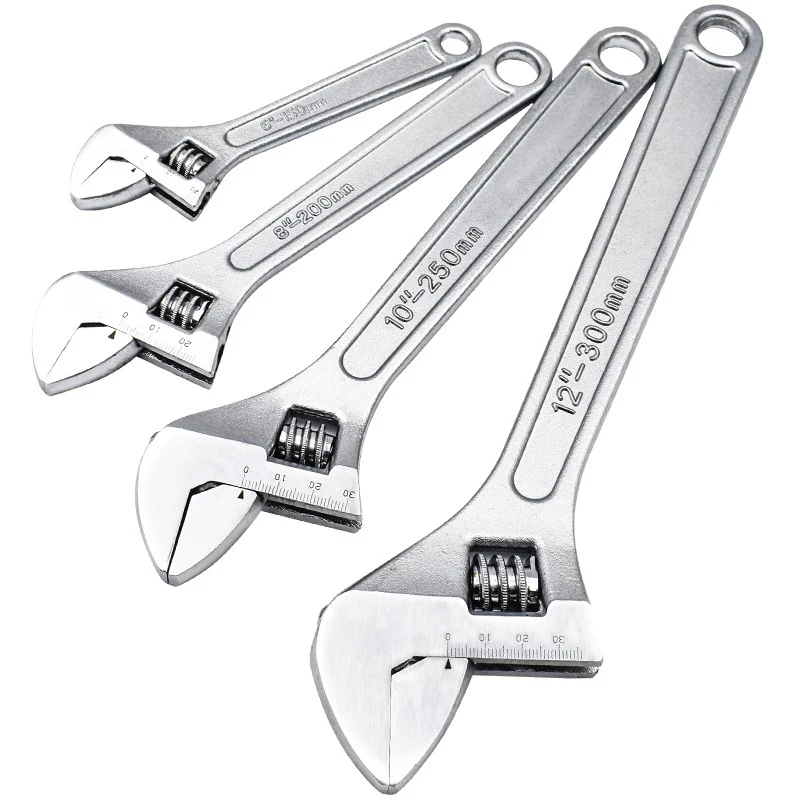
Monkey Wrench: Hand Tools for Every DIY Enthusiast
Introduction
Monkey wrenches are essential tools in many toolboxes. They grip and turn objects with a flat surface. These tools have long metal shafts with an adjustable jaw. The term ‘monkey wrench’ refers to this specific design. Its history goes back to the 19th century.
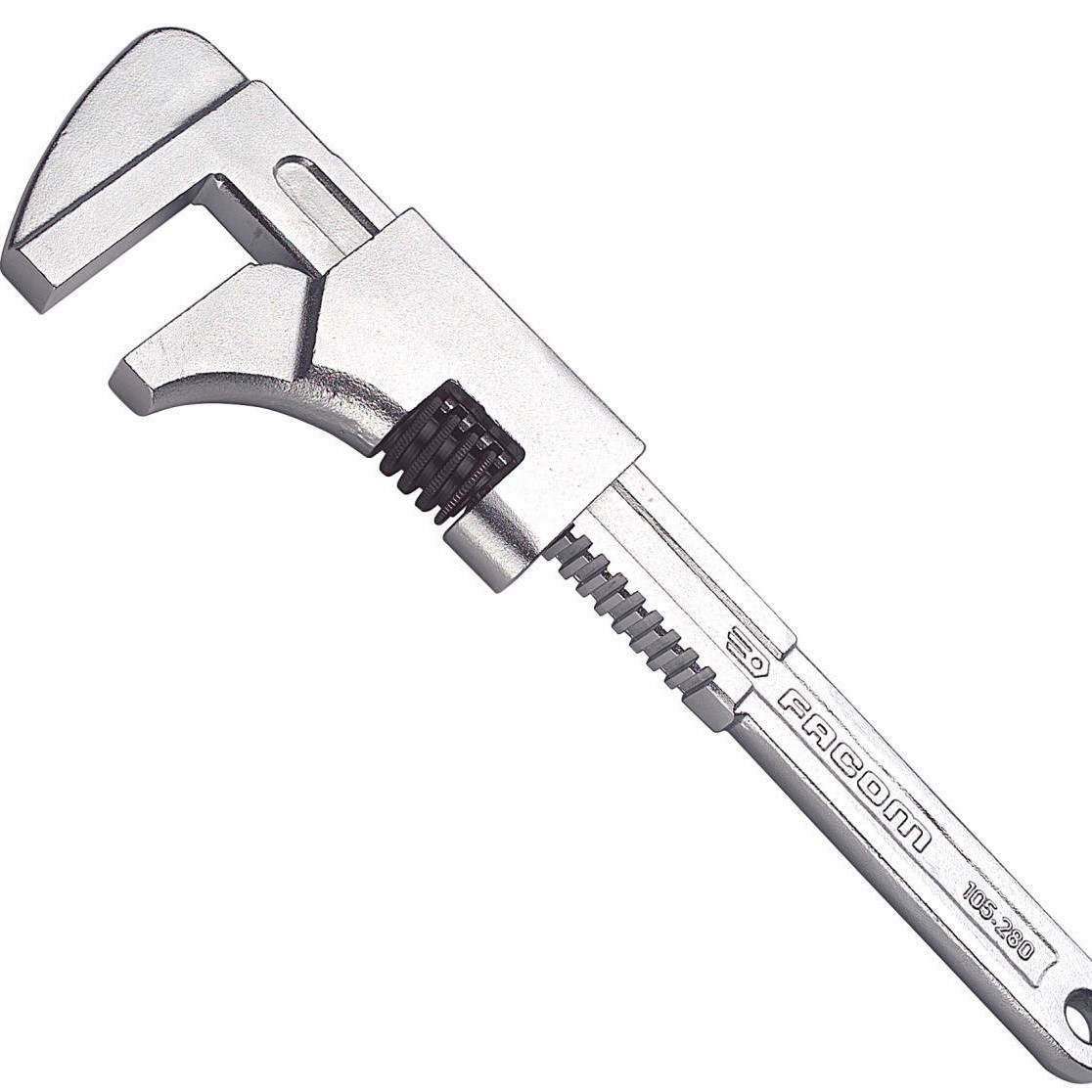
The wrench can handle various sizes of bolts and nuts. Its versatility is due to the adjustable jaw. This feature sets it apart from other wrenches. It allows the wrench to adapt to different tasks with ease. Users appreciate this adaptability in maintenance and construction tasks.
The design of the monkey wrench has not changed much over time. It remains straightforward and durable. Its long handle provides the necessary leverage for tough jobs. Those who use the wrench value its simplicity and effectiveness.
In short, monkey wrenches play a crucial role in hand tool collections. They are reliable, versatile, and easy to use. With the monkey wrench, tasks become more manageable. We will further explore its historical significance in the following section.
Historical Significance of the Monkey Wrench
The monkey wrench has a storied past. Its origins trace back to the early industrial revolution. This was a time when modern machinery and construction techniques began to emerge. The wrench’s adjustable jaw was a breakthrough. Inventors created it to meet the new world’s needs. It could handle the varying sizes of bolts and nuts found in machinery of the era. Its design made it a critical tool for steam engines and factory equipment maintenance.
This tool also played a significant role in the expansion of railroads. It allowed workers to swiftly adjust and repair tracks and trains. The construction of bridges and buildings relied on the monkey wrench too. Workers used it to secure large bolts and iron beams. Its influence spread widely through different trades. The monkey wrench became a symbol of progress and human ingenuity.
Beyond industrial use, the monkey wrench has cultural significance. Some suggest it influenced the phrase ‘throw a monkey wrench into,’ meaning to disrupt. The tool’s impact is also evident in literature and songs. It has served as a metaphor for wrenching apart old ways to make way for the new.
The monkey wrench remains a testament to enduring design. Its simple yet effective mechanism has stood the test of time. It’s a reminder of how tools can shape history and facilitate growth. To this day, it is a key player in many toolboxes around the world.
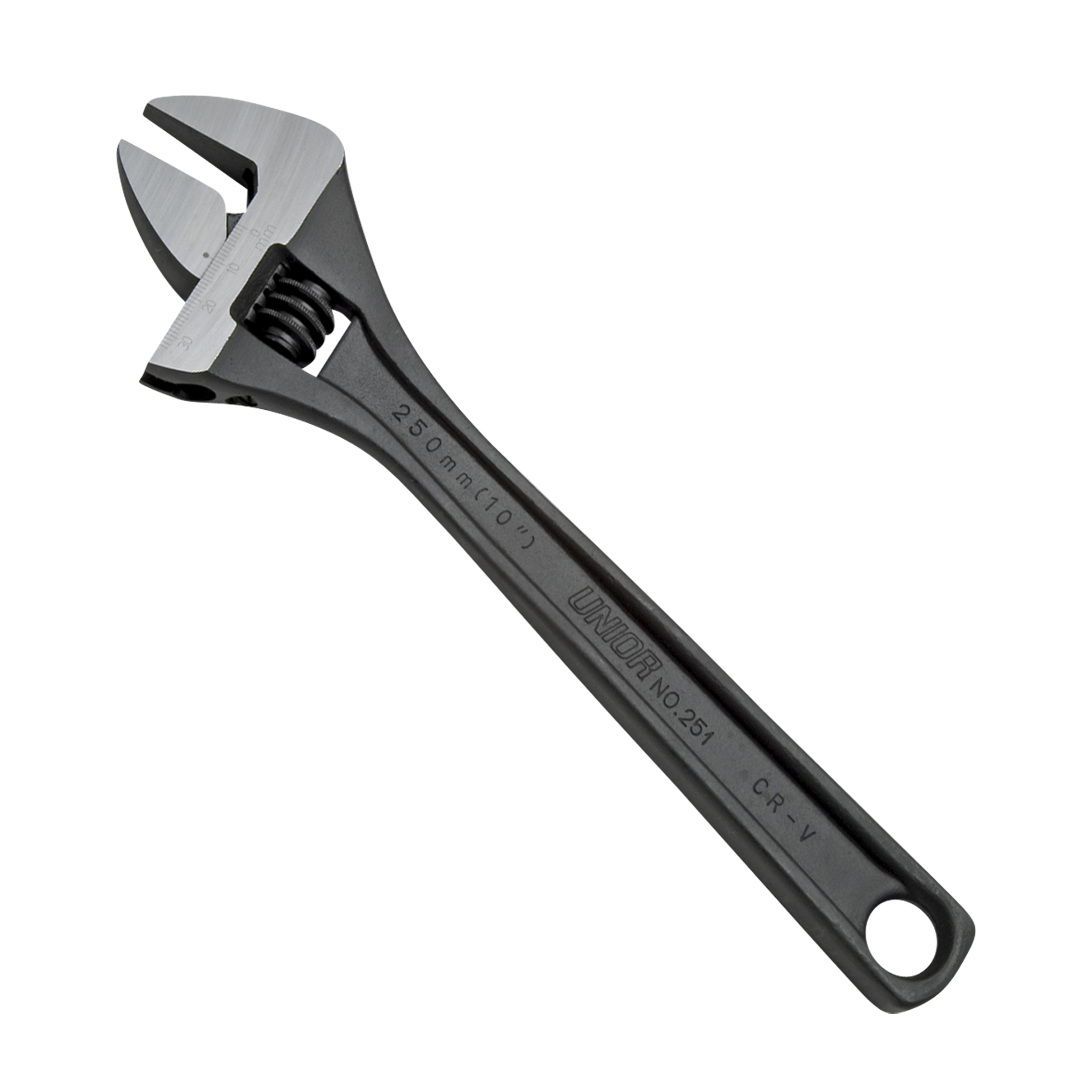 Design and Features: What Makes a Monkey Wrench Unique
Design and Features: What Makes a Monkey Wrench Unique
Monkey wrenches stand out due to their unique design and features. The defining characteristic of a monkey wrench is its adjustable jaw. This allows for a single tool to tackle a variety of sizes of nuts and bolts. Below are some key features that set monkey wrenches apart from other hand tools:
- Adjustable Jaw: The moving jaw can be expanded or contracted to grip fasteners of different sizes securely.
- Long Handle: The extended handle on a monkey wrench gives users extra leverage, making it easier to apply torque to tighten or loosen tough bolts.
- Flat Surfaces Grip: Unlike pipe wrenches that grip round surfaces, the monkey wrench is designed to grasp flat sides of nuts and bolts.
- Ease of Use: Their intuitive design means they require no extensive training or technique to use effectively.
- Durability: Built with sturdy materials, monkey wrenches can withstand the rigors of heavy use without losing functionality.
These features combine to make the monkey wrench a versatile and dependable tool. Its design hasn’t changed much through the years because it simply works well. In any situation where different sizes of nuts and bolts are involved, a monkey wrench is an invaluable asset. In our next section, we’ll look at how this versatility plays a crucial role in various industries.
The Versatility in Various Industries
Monkey wrenches shine in diverse settings. Their adjustability and robust design make them fit for various tasks. Here are industries where monkey wrenches prove indispensable:
- Construction: Builders often use monkey wrenches to fasten large bolts and nuts. This practice ensures a secure and lasting hold in structures.
- Automotive: Mechanics rely on monkey wrenches for engine work. They easily adjust to various bolt sizes found in cars and trucks.
- Manufacturing: In facilities, workers use monkey wrenches for equipment maintenance. They suit the needs of assembly lines with variable fastener sizes.
- Plumbing: Professional plumbers carry monkey wrenches in their toolkits. They help in fitting pipes and other plumbing fixtures with flat sides.
- Railway Maintenance: Monkey wrenches are key for railway track work. They adjust quickly, making them ideal for track repairs.
- Home Maintenance: Homeowners find monkey wrenches helpful for DIY projects. They manage tasks from fixing bicycles to assembling furniture.
The tool’s popularity is due to its simplicity and efficiency. A single monkey wrench can handle jobs that would need multiple fixed-size wrenches. This saves time and space in a worker’s toolbox. With the monkey wrench, one tool fits many, making it a smart choice for any job.
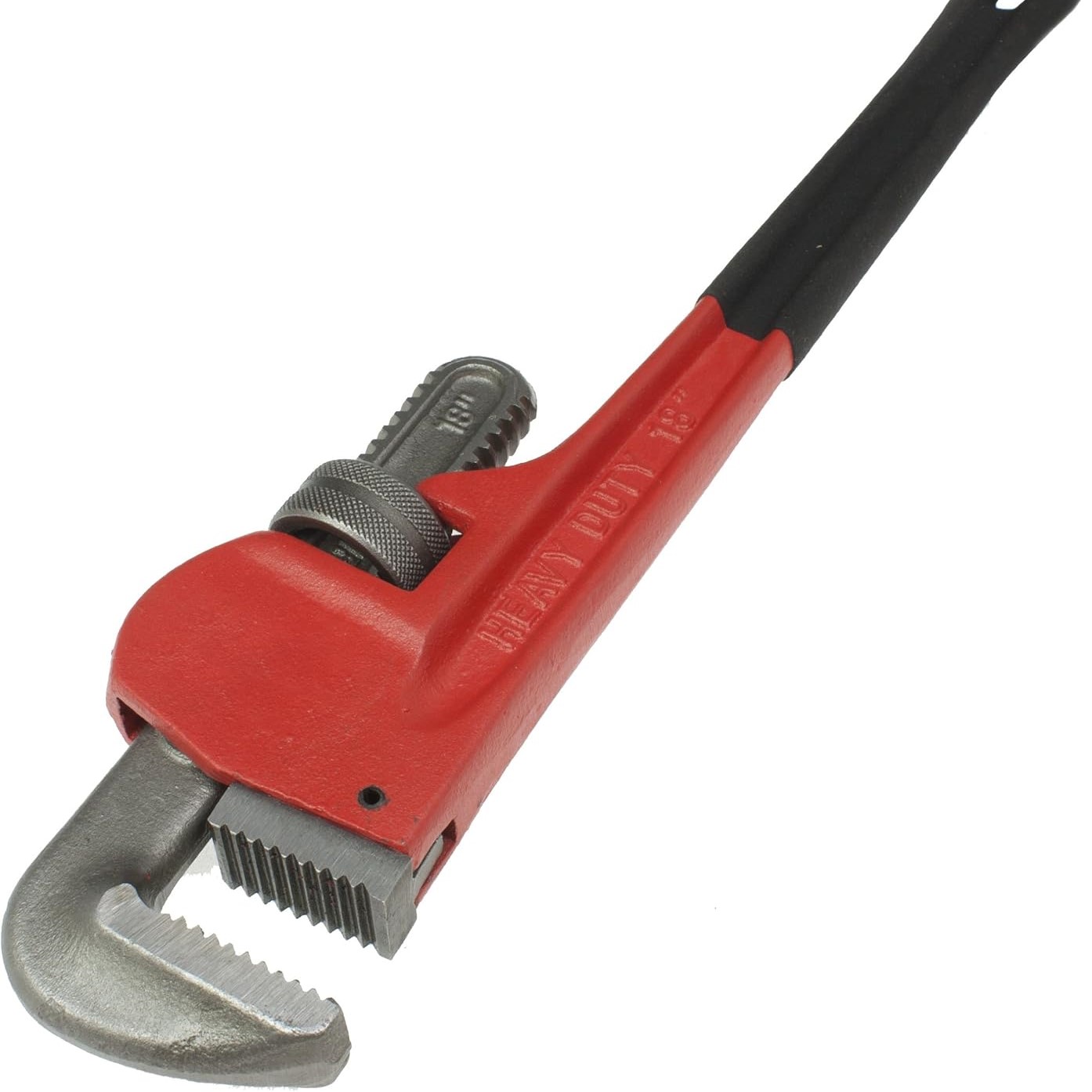 Comparing Monkey Wrenches to Other Wrench Types
Comparing Monkey Wrenches to Other Wrench Types
Monkey wrenches differ from other wrench types in several key ways. Their uniqueness is not just in their adjustable jaw. When we compare them to fixed wrenches, socket wrenches, and pipe wrenches, the differences become clear.
- Adjustability: Unlike fixed wrenches that come in set sizes, a monkey wrench adjusts to many sizes. This makes them more versatile.
- Grip Type: Socket wrenches work well with bolts that require a deep reach. However, monkey wrenches grip the flat sides of bolts and nuts. This provides a different kind of convenience.
- Shape and Leverage: Pipe wrenches have serrated jaws for gripping round pipes. Monkey wrenches have smooth jaws for flat surfaces. Their long handle offers leverage that pipe wrenches often lack.
- Simplicity: Some wrenches like torque wrenches offer precision in tightening. But they need careful handling and setting. Monkey wrenches provide ease of use with no extra settings.
- Durability: Many wrench types are specialized and may not withstand diverse tasks. Monkey wrenches are tough and stand up to varied job demands.
These points show why a monkey wrench is often chosen over other wrench types. It’s about getting the job done with one tool that can adapt to several sizes and tasks. This saves space in the toolbox and time on the job. For any task that switches between bolt sizes, the monkey wrench is the go-to tool.
Maintenance and Care
To ensure your monkey wrench lasts and performs optimally, regular maintenance and care is crucial. Here’s how you can keep this vital tool in top shape:
- Clean Regularly: After use, wipe your monkey wrench with a clean rag to remove any dirt, grease, or debris. This prevents build-up that can hinder the tool’s performance.
- Lubricate the Adjusting Screw: The adjusting screw should move smoothly. Apply a drop of oil periodically to maintain its mobility.
- Check for Wear and Tear: Inspect your monkey wrench for any signs of damage. Look for cracks or excessive wear, especially in the jaw and handle. Replace the tool if it shows significant wear.
- Store Properly: Keep your monkey wrench in a dry place to prevent rusting. Avoid throwing it loosely in a toolbox where it could get banged around.
- Prevent Overloading: Do not use the wrench on fasteners that are too large for its capacity. Overextending the jaw can damage the tool and make it less effective.
- Utilize Correctly: Always pull the wrench towards you rather than pushing it away. This reduces the risk of injury and provides better control.
Taking care of your monkey wrench is straightforward. A little attention to its condition and cleanliness goes a long way. Treat it well, and it will remain a reliable asset in your toolbox for many years.
Choosing the Right Wrench for Your Toolbox
Selecting the ideal monkey wrench for your toolbox involves several considerations. Here’s what to keep in mind:
- Size: The size of the monkey wrench should match the common tasks you handle. Larger wrenches offer more leverage but may be overkill for small jobs.
- Handle Length: Longer handles provide greater torque with less effort. Consider the space you’ll be working in; tight areas might require a shorter handle.
- Jaw Opening: Check the maximum jaw opening size. It should fit the largest bolt or nut you plan to work with.
- Material: Go for high-quality materials that resist wear and corrosion. Forged steel is a robust option.
- Brand Reputation: Choose a brand known for its durability and reliability. Sometimes, it’s worth investing more for a tool that will last longer.
- Extras: Features like a comfortable grip or a scale for easy size adjustment can add to the tool’s utility.
- Warranty: A good warranty can safeguard your investment. Look for manufacturers that stand behind their products.
Remember, the right monkey wrench is an extension of your own hand. It should feel comfortable, suit the tasks at hand, and last for a good long time. With careful selection, your monkey wrench will be a valued partner in every project you undertake.
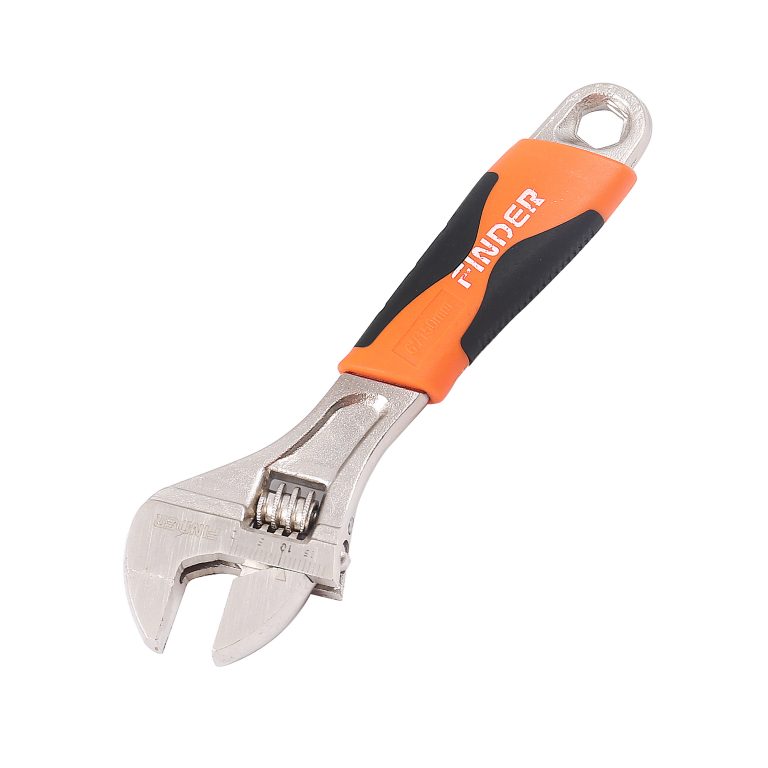 Common Issues and Troubleshooting Tips
Common Issues and Troubleshooting Tips
Slipping Jaws
If the jaws of your monkey wrench slip while in use, it could be due to worn or damaged surfaces. Inspect the jaws for any signs of wear and replace them if necessary. Additionally, ensure that the adjustment mechanism is properly tightened to maintain a secure grip on fasteners.
Stiff Adjustment Mechanism
A stiff or unresponsive adjustment mechanism can hinder the functionality of your monkey wrench. Apply a light lubricant to the moving parts and operate the wrench through its full range of motion to distribute the lubricant evenly. If the issue persists, consider seeking professional repair or replacing the wrench if it’s beyond repair.
Rust and Corrosion
Rust and corrosion can weaken your monkey wrench and affect its performance. Regular cleaning and the application of protective coatings can prevent rust formation. If rust has already developed, use a wire brush or rust remover to clean the affected areas and apply a protective layer to prevent future corrosion.
Handle Breakage
Handle breakage can compromise the effectiveness and safety of your monkey wrench. Inspect the handle for cracks or signs of weakness regularly. Reinforce the handle with additional grip or cushioning if needed, and replace the wrench if any significant damage is detected to ensure safe and effective use.
Environmental and Safety Considerations
Safe Handling Practices
Always handle your monkey wrench with care to prevent accidents and injuries. Store the wrench securely when not in use and ensure that the adjustable mechanism is locked before applying force. Avoid using the wrench near flammable materials or in hazardous environments to maintain a safe working space.
Disposal and Recycling
When your monkey wrench reaches the end of its useful life, consider environmentally responsible disposal methods. Many components can be recycled, reducing waste and minimizing environmental impact. Check with local recycling centers for guidelines on disposing of metal tools and consider donating or repurposing parts that are still functional.
Sustainable Tool Choices
Opting for sustainably manufactured monkey wrenches can contribute to environmental conservation. Look for brands that prioritize eco-friendly practices, such as using recycled materials or employing sustainable manufacturing processes. Choosing these products supports a greener environment and promotes responsible tool production.
 Enhancing Your Skills
Enhancing Your Skills
Learning Proper Techniques
Mastering the proper techniques for using a monkey wrench can significantly improve your efficiency and effectiveness. Practice adjusting the jaws to the correct size, applying the right amount of force, and maintaining steady control during use. Proper technique not only enhances performance but also reduces the risk of injury and tool damage.
Advanced Applications
Exploring advanced applications of the monkey wrench can expand your skill set and enable you to tackle more complex projects. From precision adjustments in machinery to heavy-duty construction tasks, understanding the full range of your wrench’s capabilities allows you to apply it creatively and effectively across various scenarios.
Continuous Improvement
Continuously seeking to improve your skills with the monkey wrench can lead to greater proficiency and confidence in your work. Attend workshops, watch instructional videos, and seek mentorship from experienced professionals to learn new techniques and tips. Regular practice and knowledge expansion ensure that you make the most of your monkey wrench’s potential.
Conclusion
A monkey wrench stands as a testament to timeless utility and adaptability in the world of tools. Whether you’re a seasoned professional or a DIY enthusiast, understanding the intricacies of the monkey wrench—from its historical roots and diverse types to its practical applications and maintenance—empowers you to maximize its potential. By selecting the right monkey wrench for your needs, employing proper techniques, and ensuring diligent maintenance, you can enhance your craftsmanship and achieve success in all your projects. Embrace the reliability and versatility of the monkey wrench, and let it become an indispensable ally in your toolbox for years to come.
